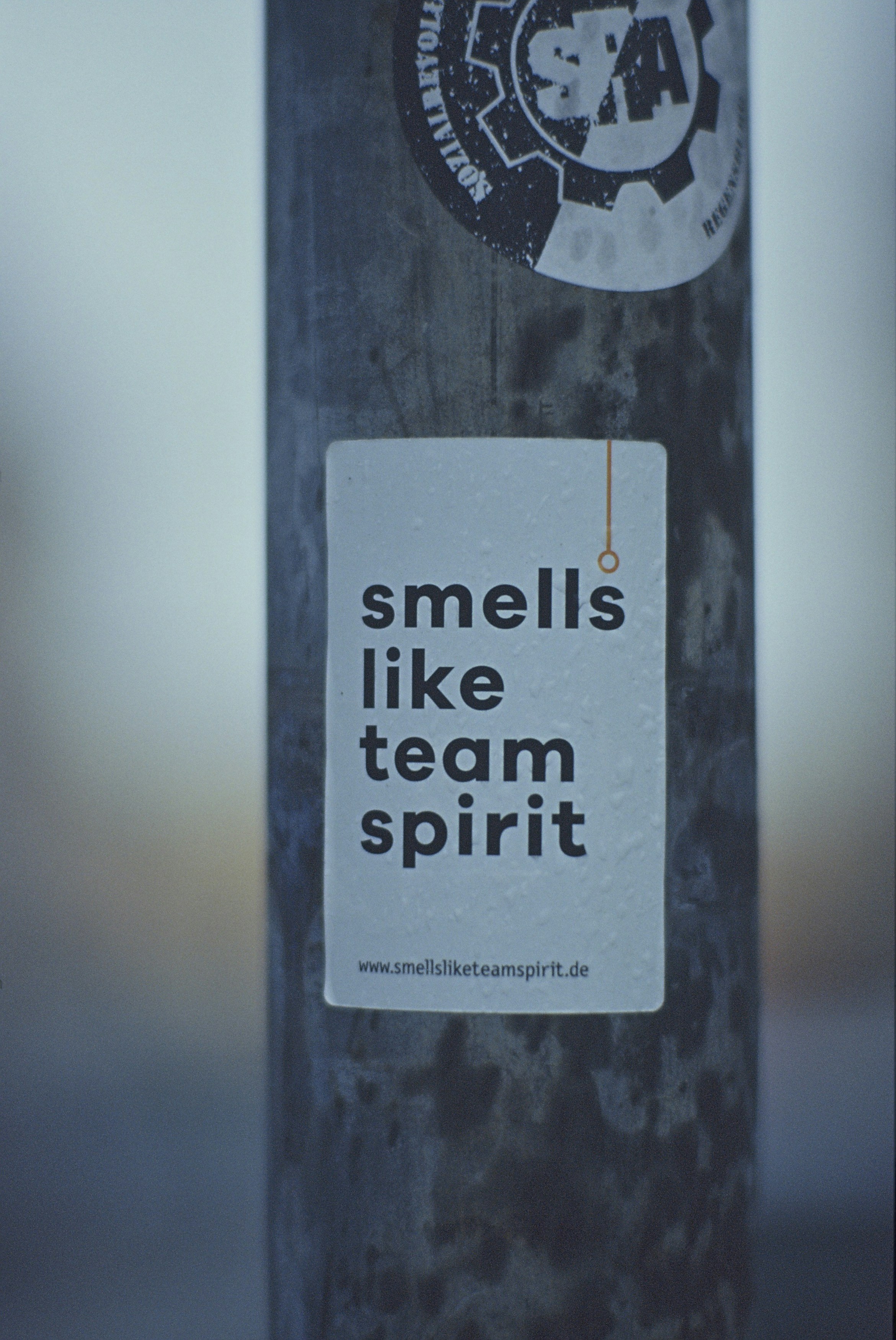Discover Urban Foraging: Find Nutrient-Rich Edibles in Your City
Are you ready to unlock a treasure trove of nutritious edibles hidden right in your urban surroundings? Urban foraging, the practice of gathering wild foods in city environments, might just be your next exciting adventure. Imagine strolling through your neighborhood, not just appreciating the sights but also identifying plants that can nourish your body and elevate your culinary creations. In this comprehensive guide, we’ll explore how you can harness the power of urban foraging, ensuring you enjoy the myriad health benefits it offers.
What is Urban Foraging?

Urban foraging is the art of searching for wild, edible plants and fungi in cities and towns. This practice allows city dwellers to reconnect with nature, discover local ecosystems, and incorporate fresh, nutrient-rich foods into their diets—all for free. Think of it as a scavenger hunt, but instead of searching for trinkets, you're on the lookout for dandelions, wild garlic, and other edible offerings from Mother Nature.
While the idea may sound novel, urban foraging is actually steeped in tradition. Many cultures around the world have relied on local plants for sustenance for centuries. The difference now is that we are bringing that wisdom back into our modern, urban lifestyles. In today’s fast-paced environment, turning to nature not only enhances our health but also preserves the environment by promoting biodiversity.
The Health Benefits of Urban Foraging
Engaging in urban foraging isn't just about finding free food; it also comes with a plethora of health benefits. Here are several reasons why foraging can improve your overall well-being:
-
Nutritional Value: Many wild edibles are far more nutritious than their cultivated counterparts. Foods such as nettles, purslane, and dandelion greens are often richer in vitamins, minerals, and antioxidants. Adding these ingredients to your diet can help improve your overall nutritional intake.
-
Physical Activity: Foraging gets you out and about, making it a notable form of exercise. Whether you’re walking, bending, or reaching for that perfectly ripe berry, you’re engaging in physical activity that promotes fitness.
-
Mindfulness and Stress Relief: Engaging with your surroundings through foraging can promote mindfulness. It's a way to unplug from the digital world and reconnect with nature. Nature has been shown to reduce stress and anxiety levels, contributing to improved mental health. If you’d like to further explore the benefits of taking time out for nature, check out our article on discovering nature’s soundscapes for mental clarity.
-
Sustainability: Foraging encourages an eco-friendly lifestyle. Instead of purchasing packaged foods that require transportation and processing, you’re harvesting local plants and herbs. This not only reduces your carbon footprint but also supports your local ecosystem.
-
Culinary Creativity: Have you ever tasted a fresh-from-the-plant berry? Foraging introduces unique flavors and ingredients into your cooking, encouraging you to experiment with new recipes and culinary techniques. This can lead to increased enjoyment of meals.
Getting Started with Urban Foraging
Now that we’ve covered the benefits, you might be wondering how to get started. Urban foraging does require some fundamental knowledge and precautions. Here are key steps to ensure your foraging experience is safe and successful:
1. Educate Yourself
Before you venture into the wild, take the time to educate yourself about local edible plants and fungi. Invest in a good field guide or app that specializes in foraging.
Books such as “The Forager's Harvest” by Samuel Thayer provide invaluable information about identifying edible plants and their uses. Additionally, consider taking a local workshop or joining a community foraging group to learn from experienced foragers.
2. Learn to Identify Toxic Plants
Not all wild plants are safe to eat, so it's imperative to know how to distinguish between edible and toxic varieties. For instance, while some mushrooms are delicious, others can be deadly. Familiarize yourself with common poisonous plants in your area, and always thoroughly verify the identity of a plant before consumption.
3. Start Small
As a beginner, start by foraging for one or two species. Dandelions and purslane are excellent starting points due to their abundance and easy identification. Once you feel confident, you can expand your foraging to other plants like wild garlic, chickweed, or even mushrooms—just be cautious with the latter.
4. Be Mindful of Your Surroundings
When foraging in urban settings, it’s important to be aware of environmental factors. Avoid areas that might be contaminated with pesticides or pollutants, like roadsides or areas near industrial buildings. Parks and gardens can be great locations for foraging, as they often boast a variety of wild edibles.
5. Practice Sustainable Foraging
Always forage responsibly. This means only taking what you need, allowing plants to regenerate for future foragers, and being sensitive to the ecosystem. Make sure to follow local guidelines or laws regarding foraging on public or private lands.
6. Document Your Finds
Consider keeping a foraging journal to record where you found specific plants, their characteristics, and taste profiles. This not only helps you remember your findings but can also serve as a valuable resource for future foraging trips.
Popular Edible Plants to Forage
Now that you’re equipped with tips to get started, let’s take a closer look at some popular edible plants you can find right in your urban environment.
Dandelion (Taraxacum officinale)
Contrary to their reputation as weeds, dandelions are incredibly nutritious. Every part of the dandelion is edible—from the flowers to the roots—making it a versatile addition to salads, teas, or even as a coffee substitute. This plant is rich in vitamins A, C, and K, along with minerals like iron and calcium.
Purslane (Portulaca oleracea)
Purslane is often overlooked but is packed with omega-3 fatty acids and antioxidants. Its succulent, tangy leaves are excellent in salads or as a garnish. You can also sauté it lightly as a delicious side dish.
Wild Garlic (Allium vineale)
If you catch a whiff of garlic while wandering through grassy areas or forested spots, you may have come across wild garlic. Its leaves and bulbs can be used similarly to cultivated garlic, offering a flavorful kick in various dishes.
Lamb’s Quarters (Chenopodium album)
Often labeled as a nuisance weed, lamb’s quarters are actually a nutrient powerhouse, providing high amounts of vitamins A and C, calcium, and iron. The young leaves can be eaten raw in salads or cooked as greens.
Nettle (Urtica dioica)
Nettle leaves are a fantastic source of vitamins A, C, K, iron, and calcium. When cooked or dried, they lose their sting, making them perfect for soups, sauces, or teas. Just be sure to don gloves when handling fresh nettles!
Chickweed (Stellaria media)
Chickweed is a delicate, nutritious green that grows close to the ground. It's ideal for salads and sandwiches, adding a mild flavor reminiscent of spinach. This plant can also be used for garnishing dishes.
Culinary Delights from Your Forage
The excitement of urban foraging extends into the kitchen as you transform freshly gathered ingredients into culinary delights. Here are some quick ideas to get you started:
Dandelion Salad
Create a refreshing salad featuring dandelion greens as the base. Toss them with olive oil, lemon juice, and a sprinkle of salt and pepper. You can also add chopped dandelion flowers for a beautiful presentation.
Wild Garlic Pesto
Blend wild garlic leaves with olive oil, nuts (such as pine nuts or walnuts), parmesan, and a sprinkling of salt for a delicious, herby pesto. This vibrant sauce can be used on pasta, sandwiches, or as a dip.
Nettle Soup
Sauté onions and garlic in olive oil, then add chopped potatoes and broth. Once the potatoes are tender, stir in washed nettles, allowing them to wilt. Blend for a creamy soup and enjoy the health benefits of this nutrient-rich green.
Purslane Stir Fry
Sauté purslane with garlic and your choice of protein. Add spices for flavor and serve over rice for a wholesome meal.
The world of urban foraging is a culinary adventure waiting to unfold in your concrete jungle, bridging the gap between nature and modern living.
Final Thoughts
Urban foraging is not just a trend; it’s a way to reconnect with our roots, nourish our bodies, and support our environment. So don your foraging cap, grab a basket, and start exploring the edible wonders right outside your door. Remember to take your time and enjoy the process. There is something genuinely enriching about gathering food from nature’s pantry that transcends the ordinary experience of grocery shopping.
Whether savoring the juicy flavor of a wild berry, whipping up a dish with foraged greens, or indulging in a delicious nettle soup, urban foraging can enhance not only your plate but also your overall wellness.
As you embark on this new chapter of holistic living, consider diving deeper into various health and wellness tips that can seamlessly integrate into your life. Explore our guide on boosting your mood with colorful foods or learn how to unlock the power of mindfulness daily.
Happy foraging!


